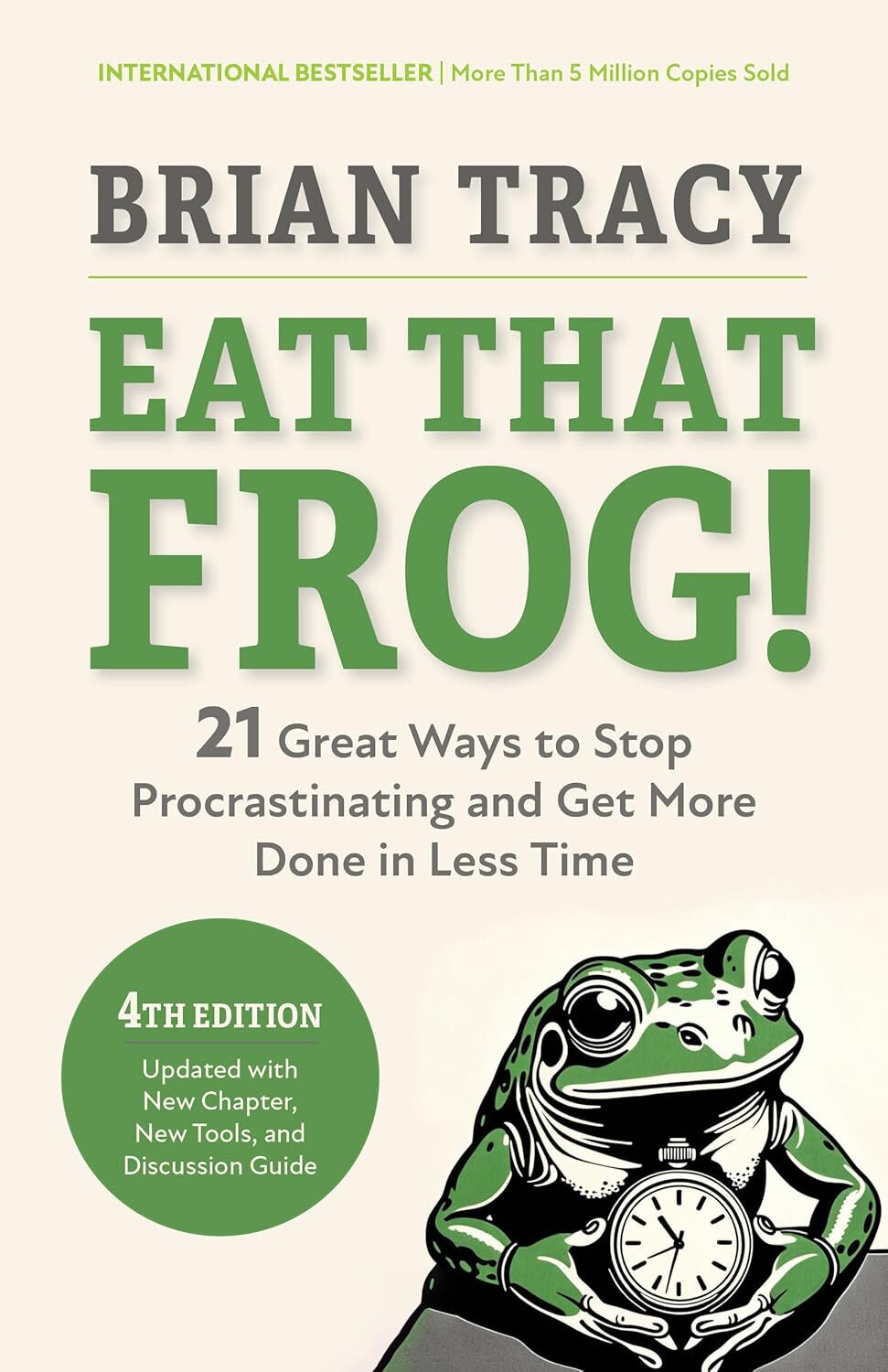Calendar
Structure Your Time with Clarity and Purpose

Introduction
Calendar is a tool to structure your time for scheduling medical appointments, self-care activities, and personal milestones, tailored to your unique needs. It helps manage time effectively, ensuring balance and reducing stress across all stages of recovery.
What You Need To Know
How To Do It
Instructions:
1. Choose Your Calendar
Select a physical calendar, planner, or digital app (e.g., Google Calendar, Microsoft Outlook, etc.). Ensure it’s accessible and easy to update.
2. Set Up Key Sections
- Create a Monthly View: Map out appointments, treatment cycles, and major events for the month.
- Include a Weekly View: Break down daily tasks, rest periods, and self-care routines.
- Focus on the Daily View: Keep an eye on what’s scheduled during day. This is especially helpful to combat memory issues related to chemo brain
- Add a Notes Section: Jot down recovery reminders or observations (e.g., medication changes, energy levels).
3. Apply Time Blocking
- Allocate specific time slots for high-priority tasks (e.g., 9:00 AM–12:00 PM for doctor’s visit).
- Reserve blocks for self-care (e.g., 2:00 PM–2:30 PM for rest or meditation).
- Include buffer times (e.g., 15 minutes post-appointment) to account for fatigue or delays. Steady wins the race. Don’t rush; it will only lead to burnout.
4. Prioritize by Urgency & Importance
Categorize tasks by urgency and importance: urgent/important (e.g., medical appointments), not urgent/important (e.g., self-care), urgent/not important (e.g., minor errands), not urgent/not important (e.g., surfing the internet). Schedule urgent/important tasks first, delegate or defer others.
5. Always Schedule Medical as a High Priority
Add all doctor visits, tests, and treatment sessions with specific times and locations. Include medication schedules or follow-up calls.
6. Incorporate Self-Care
Block time for rest, light exercise, or mindfulness (e.g., 10-minute walks, journaling).
7. Allocate Time for Social Activities
Social isolation and loneliness are a leading factor of stress and depression in cancer survivors. Don’t underestimate the role of social connections in your recovery.
8. Review and Update
Check your calendar daily to stay on track. At week’s end, reflect on completed tasks and adjust for the next week based on energy levels or treatment changes.
9. Handle Overwhelm Gently
If scheduling feels overwhelming, start with 1–2 key entries per day. Seek help from a caregiver or professional, if needed.
10. Conclude Positively
End each day by noting one achievement, such as attending an appointment or completing a self-care task, to reinforce progress. In the swirling chaos, find something positive and acknowledge it, no matter how small it may be.
Helpful Tips:
- Keep it simple: Focus on 2–3 priorities daily to avoid overwhelm.
- Avoid over-booking: Use your calendar as a tool for energy conservation.
- Use color-coding: Assign colors for medical, self-care, and personal tasks.
- Stay flexible: Adjust schedules for fatigue or unexpected changes.
- Include buffers: Allow extra time around appointments for rest or travel.
- Track energy: Note high-energy times to optimize scheduling.
- Sync digitally: Use apps for reminders and accessibility.
- Share with caregivers: Ensure key people know your schedule for support.
- Consult your care team: Align medical entries with professional advice.
- Celebrate milestones: Mark recovery achievements to stay motivated.
Related Topics:
Strongly Related
Reduce Stress:
[Links to related web pages]
[Links to related web pages]
Issue C:
[Links to related web pages][Links to related web pages]
Moderately Related
Issue B:
[Links to related web pages]
[Links to related web pages]












